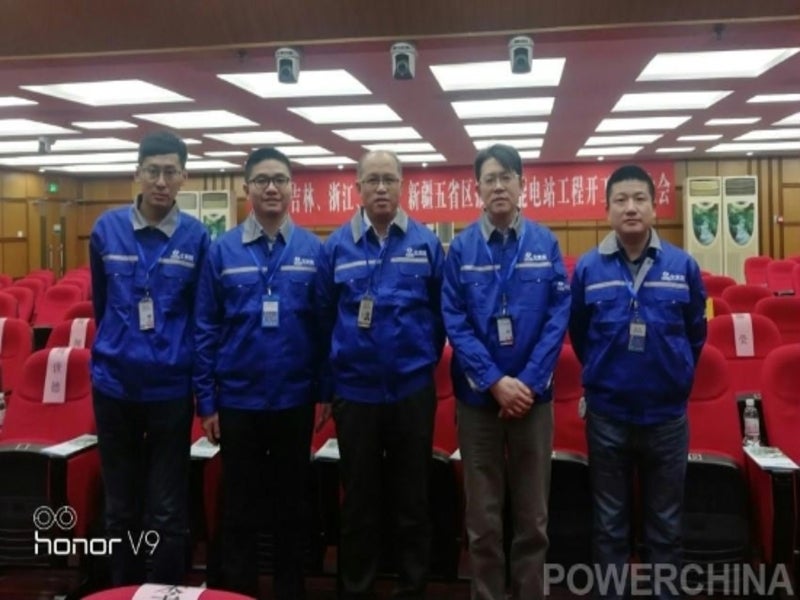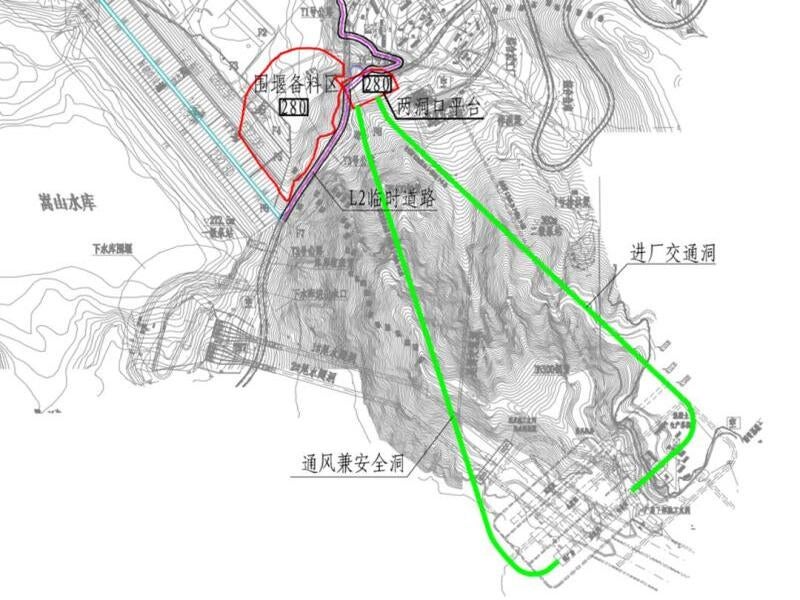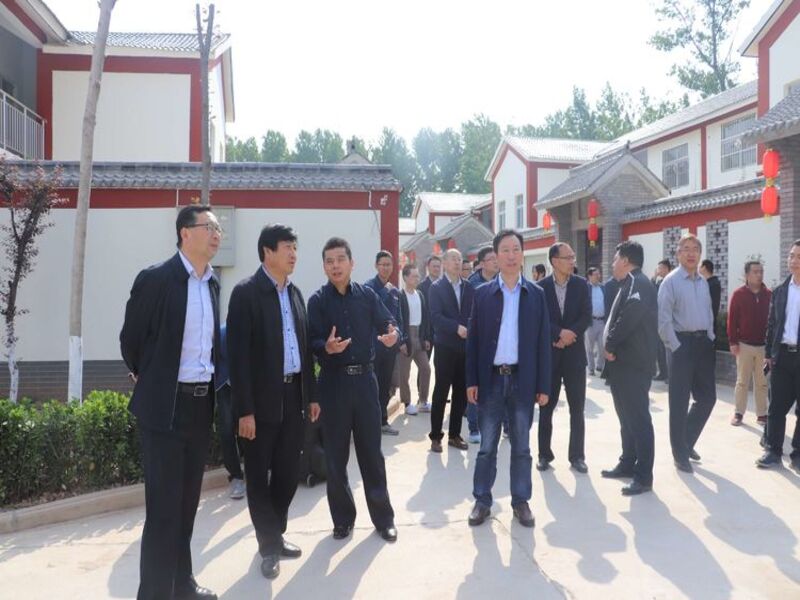The Weifang pumped storage power station is a 1.2GW pumped storage hydroelectric facility under construction in the Shandong province of China.
State Grid Xinyuan Company, a subsidiary of State Grid Corporation of China (SGCC), is developing the project with an estimated investment of £930m ($1.17bn). The facility will comprise a total of four pumped storage turbine-generator units.
The construction works were started in January 2019 with completion expected by January 2025. The power station is expected to commence commercial operations in 2026.
The Weifang pumped storage facility will be capable of producing up to 1.3 billion kWh of electricity annually.
Locations and site details
The Weifang pumped storage hydropower project will occupy approximately 3,876 acres in the Songshan township, near the Wujing town of Linqu county in China’s Shandong province.
The project site lies within the Songshan eco-tourism zone, approximately 80km from Weifang city and 120km away from the Jinan city.
It will be the fourth such project to be developed in the Shandong province, with the other three being the Tai’an pumped storage power station, the Yimeng pumped storage power station, and the Wendeng pumped storage power station.
Weifang pumped storage power plant make-up
The Weifang pumped storage hydroelectric facility will comprise an upper and a lower reservoir, and an underground powerhouse equipped with four 300MW vertical-shaft, single-stage, mixed-flow reversible pump-turbine units.
The other components of the project will include excitation devices, bridge cranes, bridge crane tracks, main transformers, circuit breakers, generators, excitation transformers, high-voltage switch cabinets, high-voltage electrical appliances, and isolating switches.
Reservoir and dam details
The upper reservoir lies at the head of Dayugou valley while the lower reservoir will source water from the existing Songshan reservoir.
The upper reservoir will have a normal storage level of 628m, and a dead water level of 598m. The adjusted storage capacity of the reservoir will be eight million cubic metres (mcm) while the dead storage capacity will be 430,000m3.
The normal storage level of the lower reservoir will be 289m and the dead water level will be 266m. The lower reservoir will have an adjusted storage capacity of 41.86mcm and a dead storage capacity is 4mcm.
Power evacuation
The electricity generated by the Weifang pumped storage hydropower facility will be evacuated to Shandong Power Grid through a 500kV power transmission line.
Contractors involved
Linqu County Meteorological Bureau signed a long-term cooperation agreement for the provision of meteorological services for the Weifang hydropower station in September 2020.
The Second Engineering Bureau won a contract for the cavern and housing construction for the project in July 2020.
The Beijing Survey, Design and Research Institute Company was engaged for the design and feasibility study of the hydropower facility.
Weifang pumped storage project background
The Weifang pumped storage hydropower project was launched in October 2014. The pre-feasibility report of the project was approved in November 2015, which was followed by a construction contract awarded by the People’s Government of Linqu County to State Grid Xinyuan Company in September 2016.
The Shandong Provincial Development and Reform Commission granted approval for the project construction in December 2018.
The project forms part of China’s 13th Five-Year energy and power plan for pumped storage power stations.
The Weifang hydropower project is intended to tackle peak regulation, valley filling, frequency regulation along with phase modulation and emergency backup. The plant will optimise the power supply structure while contributing towards grid safety and stability.
Once put into operation, the project is expected to reduce the coal consumption by 306,600 tonnes (t), and offset the emissions of carbon dioxide by 519,000t, nitrogen oxide by 2,800t, and sulphur dioxide by 9,800t annually.





